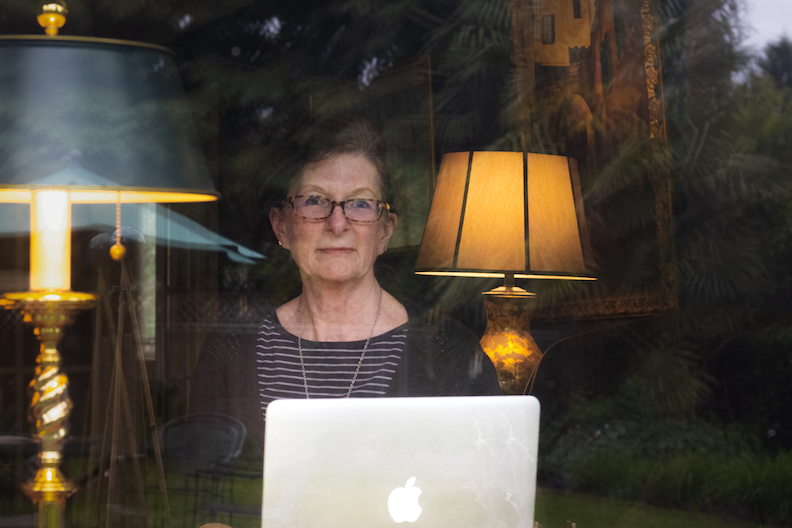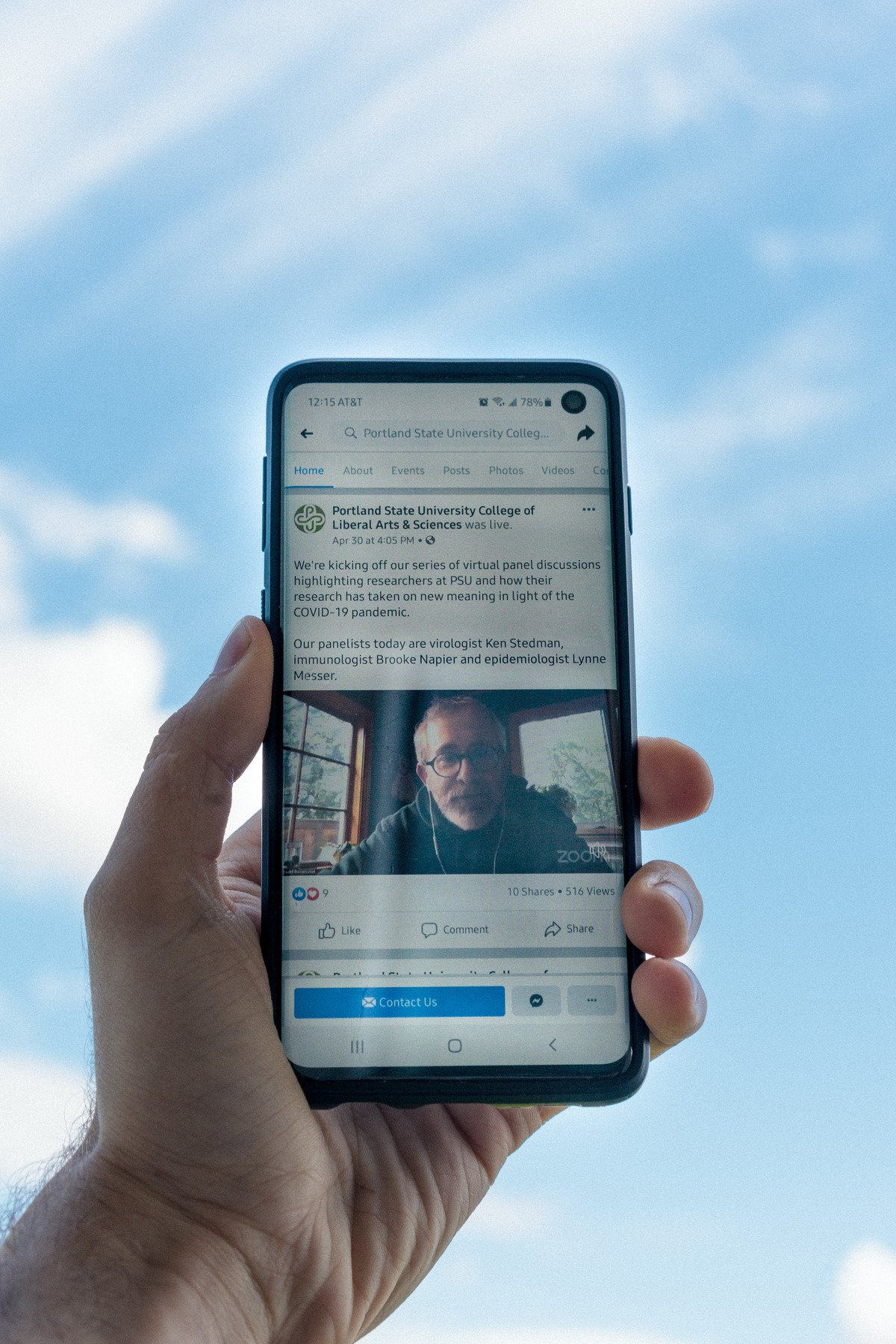“I was expecting the layoffs, and suspected I might be on the list because I am a part-time employee,” said Sheri Pitcher, an accountant for Student Activities and Leadership Programs at Portland State. “I felt somewhat prepared for this, but there are always challenges with a life-altering change.”
In an email to the PSU community on May 1, Interim President Stephen Percy announced temporary workforce reductions.
“Today, we notified 106 employees of changes in their employment status,” Percy stated. “The reductions include departments across the university, but particularly impact our auxiliary services. It is our sincere hope that these reductions are short lived, and the employees are able to return to their regular work no later than September 27.”
Percy stated the university has been working with PSU’s chapter of the Service Employees International Union (SEIU) to develop a new PSU Extended Benefits Program. The program will allow those placed on leave without pay to access their core healthcare benefits. Optional life, short or long-term disability can be continued, but will not be covered.
“Once it became apparent that cuts in personnel were being considered [by the university], our union went directly into negotiations for an alternative to layoffs and within a short time secured a Letter of Agreement from PSU granting Leave Without Pay status with an Extended Benefits Program,” an official statement from SEIU Local 089, the union’s PSU chapter, read. “Highly paid university administrators, coaches and executives must share the responsibility of these cuts. Layoffs, furloughs and workshare programs directed at low wage workers should be a last resort.”
Under the benefits program, “Program participants will start an unpaid leave of absence with the university starting on May 16, 2020 and extending through the earlier of the date on which you are recalled to service at PSU or September 27, 2020 at which point any employees who remain on leave without pay will be laid off,” the website states.
“Our current number of classified employees in the Extended Benefits Program is just over 100,” stated Thuy Huyen, president of SEIU Local 089. “ We are currently reaching out to all of them to make sure they have a clear understanding of the Letter of Agreement, and are connected to programs and benefits that they need in order to maintain a sustainable outcome over this upcoming summer term.”
Although the reductions were announced on May 1, employees affected were unable to apply for unemployment benefits until May 16, the start of the new pay period.
“I am fortunate that my husband still has a job, so that helps my situation,” Pitcher said. “But I’ll still have to apply for unemployment benefits.”

The temporary workforce reductions mostly impacted the employees in the university’s auxiliary services—those which are not funded by the general education budget. This includes employees from the Academic and Student Recreation Center, Athletics, Childcare Services, Facilities and the University Place Hotel. According to Associate Vice President of University Communications Christopher Broderick, no instructional faculty have been placed on leave without pay.
Childcare Services
COVID-19 and the recent temporary workforce reductions have heavily impacted childcare services on campus. All childcare services have been closed and employees in those departments have been working remotely since March 18.
As a result of the recent workforce reductions, three professional staff members from Little Vikings and Baby Vikings Childcare Centers have been placed on leave without pay. Before the university’s recent decision, these employees were working remotely.
“Staff who were placed on leave without pay kept close contact with our student employees assuring them there was work to be done at our center,” said Marisol Barce, director of Little Vikings Child Care Center. “Student employees have been providing activities for the Services for Students With Children COVID resource site, virtual teacher play dates and communications with parents about future reopenings.”
Prior to the workforce reductions, the three employees placed on leave without pay had been providing important work for child care services, such as supervising student staff, communicating with families and collaborating with other departments to support student parents. These employees would also occasionally go to campus to prepare supplies such as diapers, clothing and art supplies for the pantry.
Kacy Lentz, director of Baby Vikings Child Care Center, said her department and Little Vikings Child Care serve up to 200 children per term. The current workforce reductions have leadership within the department concerned about a lack of personnel and resources needed to continue assisting families.
“Since the childcare centers have closed due to COVID-19, parents have been seeking community from these staff members,” Lentz said. “It will be a huge loss to the student parent community to not be able to engage with the directors and teachers from their child’s school. These children enjoyed seeing the teachers on Zoom meetings and interacting with other children through these methods. The student parents are already limited on what they are able to do with their children in these uncertain times, and now they have a loss of their community.”
“The work that myself, my co-director and our office specialist have will now be divided up and handed to professional staff at the [Services for Students with Children],” Barce said. “The increase in work for them will undoubtedly affect how they can focus on supporting parents and their children. Student parents have had a great deal of added stress since our child care centers closed. Students with children are having to balance remote classes, remote work and family life all on their own.”
These temporary workforce reductions come on the heels of the augmented strategic hiring freeze instituted by the university on March 26. The goals of this hiring freeze are to respond to reductions in tuition revenue from projected declines in enrollment in the 2020–21 academic year and to manage “unknown declines in auxiliary revenues, and possible tuition revenues, as a result of the COVID-19 crisis.”
The combination of the temporary workforce reductions and the hiring freeze will impact both the personal lives of furloughed employees and the quality of campus services.
“This is a very unfortunate event, and children and parents alike will suffer,” Lentz said.






